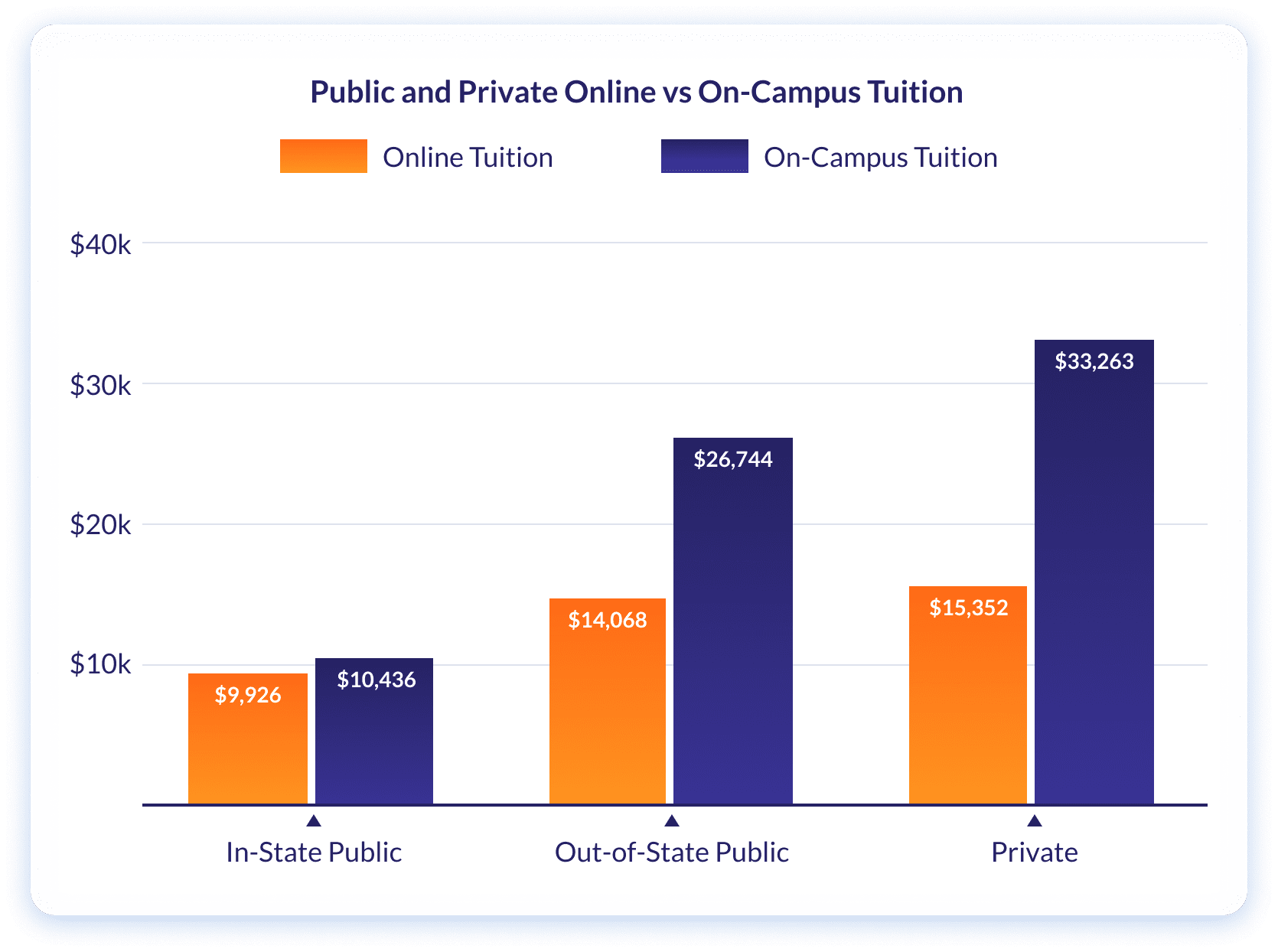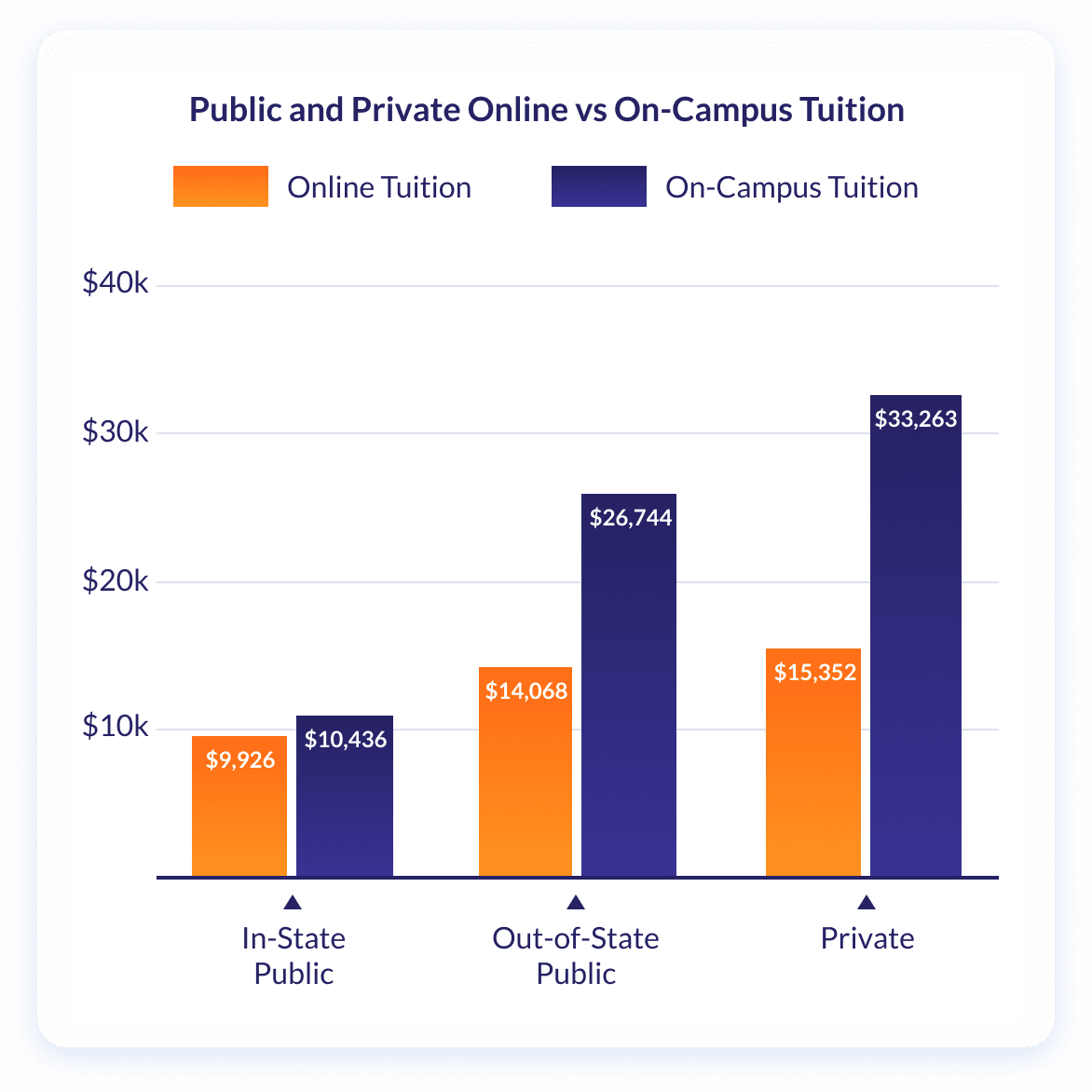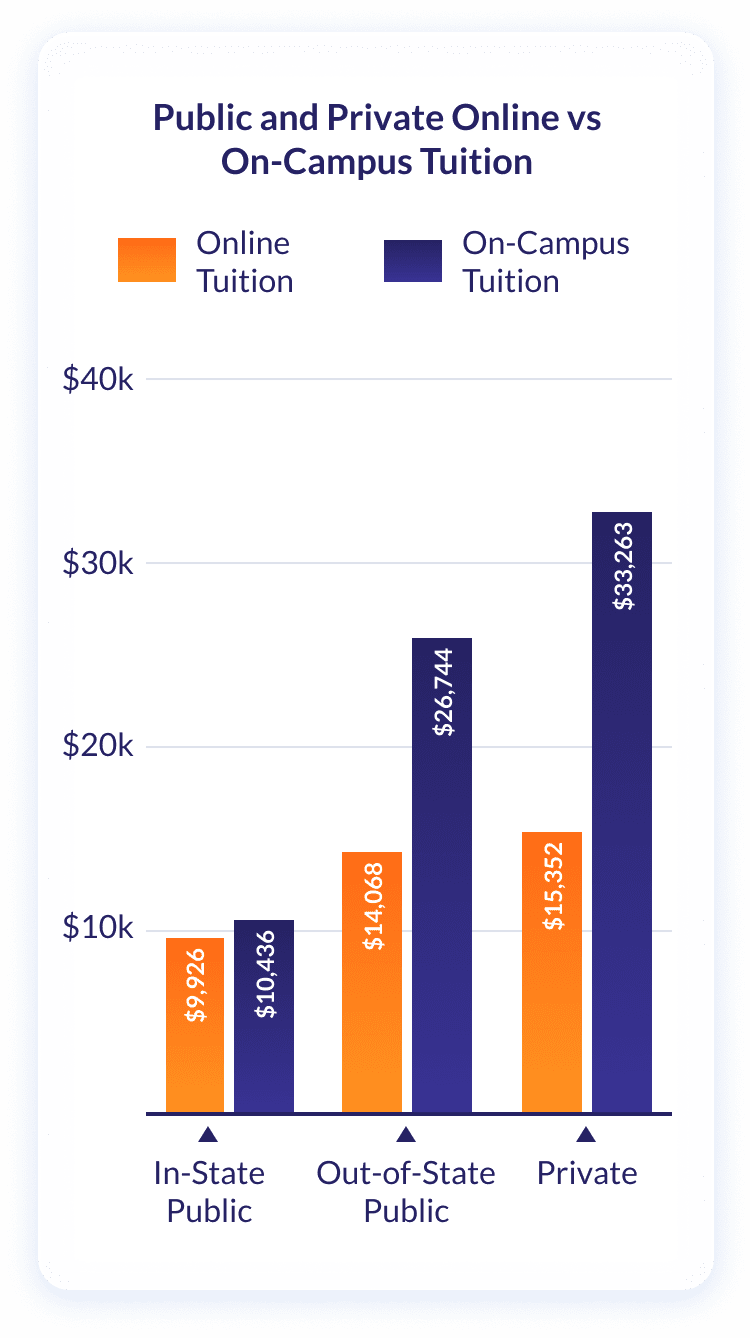Should Students Pay Full Price for an Online Education During the Pandemic?
While the future of higher education may be uncertain this school year, one thing is clear. Students don't want to pay the same price for online classes as they would for in-person instruction.

Many schools are joining online learning for the first time, and students have been left with quickly adapted curriculums.
As schools rolled out plans to continue virtual learning this fall, calls came from across the country to lower tuition rates for what many see as a limited college experience.
Financial hardship due to the pandemic, a lower quality of education, and inability to access on-campus services covered by tuition and fees are the top reasons students are asking universities to .
Students, parents, faculty, and administrators are all facing the same question: what makes the cost of higher education worth it?
Colleges argue the value of the degree they offer has not changed, but many students say their virtual learning experience isn't worth the high price tag.
While students won't be getting the significant tuition cuts they're looking for, there may be more affordable, quality education options for those learning remotely due to COVID-19. We decided to look into the cost differences in online and campus programs to find out who can benefit by enrolling online, and how much students stand to save.
Online students typically pay less than their in-person peers
It's a common belief that online degrees are more affordable, which draws many students to distance learning. This is partly fueling the push for lowered costs from campus-based institutions teaching remotely during COVID-19.
But do schools typically charge less for online classes? We checked tuition rates at 100 universities that offer online and campus-based programs to determine overall trends.
We found that, overall, most schools do charge less for online than in-person programs – 80% of public schools offer lower rates for online out-of-state students, and 96% of private schools have cheaper online programs. For in-state students, more than one in three public schools charge students less to enroll online.
As the majority of schools we checked offer lower online tuition, most students at colleges with in-person and online programs make a fair point in asking for tuition cuts. These students would also benefit from enrolling online instead of enrolling as they regularly would for in-person classes, especially at out-of-state or private schools.
To examine how much cheaper these programs are, we took a deep dive into tuition prices at 30 popular colleges that offer both online and on-campus degree options.*
*In our research, all tuition rates were sourced directly from official school websites. Tuition costs reflect annual rates, assuming a total of 30 credits, unless the school states otherwise. If tuition differed by major, a representative major was compared for online and on-campus tuition rates.
In-state students at public schools
Cheaper online programs may be less common in-state, but about half of the colleges we investigated offered lower rates for in-state online students. Differences ranged from $11,000 lower for online students at Pennsylvania State University to $5,600 higher for online at Arizona State University.
Online degrees are usually cheaper overall, but they aren't always a better deal for in-state students. This is partly because many schools offer flat rates for online students regardless of where they live, appealing to those who would otherwise pay much more for out-of-state tuition. However, it sometimes results in the same or higher rates for students who live in-state.
There are at least 200 established online programs offering in-state tuition regardless of where students live. This list includes many state schools, such as rankings list, based on the impressive return on investment for their online programs.
Students at Pace University can save significantly by opting for online as well, with undergraduate students paying $29,182 less per year.
These cost differences make online programs a much more affordable option, especially now, when classes are largely remote due to the pandemic. Out-of-state students could save an average of $14,500 per year, and students at private institutions stand to save an average of nearly $18,000 by opting for online courses this year.
How have tuition rates changed over the past several years?
Higher education institutions have struggled in recent years to compensate for





